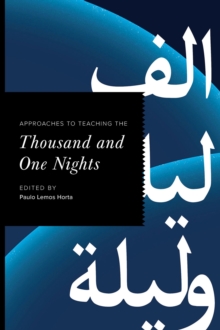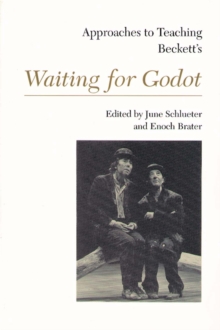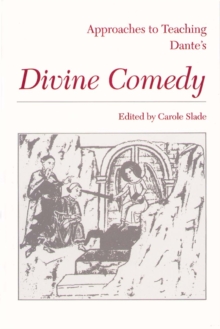
Approaches to Teaching Hurston's Their Eyes Were Watching God and Other Works Hardback
Edited by John Lowe
Part of the Approaches to Teaching World Literature S. series
Hardback
Description
Zora Neale Hurston emerged as a celebrated writer of the Harlem Renaissance, fell into obscurity toward the end of her life, yet is now recognized as a great American author.
Her novel Their Eyes Were Watching God is popular among general readers and is widely taught in universities, colleges, and secondary schools.
A key text of African American and women's literature, it has also been studied by scholars interested in the 1930s, small-town life, modernism, folklore, and regionalism, and it has been viewed through the lenses of dialect theory, critical race theory, and transnational and diasporan studies. Considering the ubiquity of Hurston's work in the nation's classrooms, there have been surprisingly few book-length studies of it.
This volume helps instructors situate Hurston's work against the various cultures that engendered it and understand her success as short story writer, playwright, novelist, autobiographer, folklorist, and anthropologist.
Part 1 outlines Hurston's publication history and the reemergence of the author on the literary scene and into public consciousness.
Part 2 first concentrates on various approaches to teaching Their Eyes, looking at Hurston's radical politics and use of folk culture and dialect; contemporary reviews of the novel, including contrary remarks by Richard Wright; Janie's search for identity in Hurston's all-black hometown, Eatonville; and the central role of humor in the novel.
The essays in part 2 then take up Hurston's other, rarely taught novels, Jonah's Gourd Vine,Moses, Man of the Mountain, and Seraph on the Suwanee.
Also examined here are Hurston's anthropological works, chief among them Mules and Men, a staple for many years on American folklore syllabi, and Tell My Horse, newly reconsidered in Caribbean and postcolonial studies.
Information
-
Out of Stock - We are unable to provide an estimated availability date for this product
- Format:Hardback
- Pages:207 pages
- Publisher:Modern Language Association of America
- Publication Date:30/01/2009
- Category:
- ISBN:9781603290432
Information
-
Out of Stock - We are unable to provide an estimated availability date for this product
- Format:Hardback
- Pages:207 pages
- Publisher:Modern Language Association of America
- Publication Date:30/01/2009
- Category:
- ISBN:9781603290432










